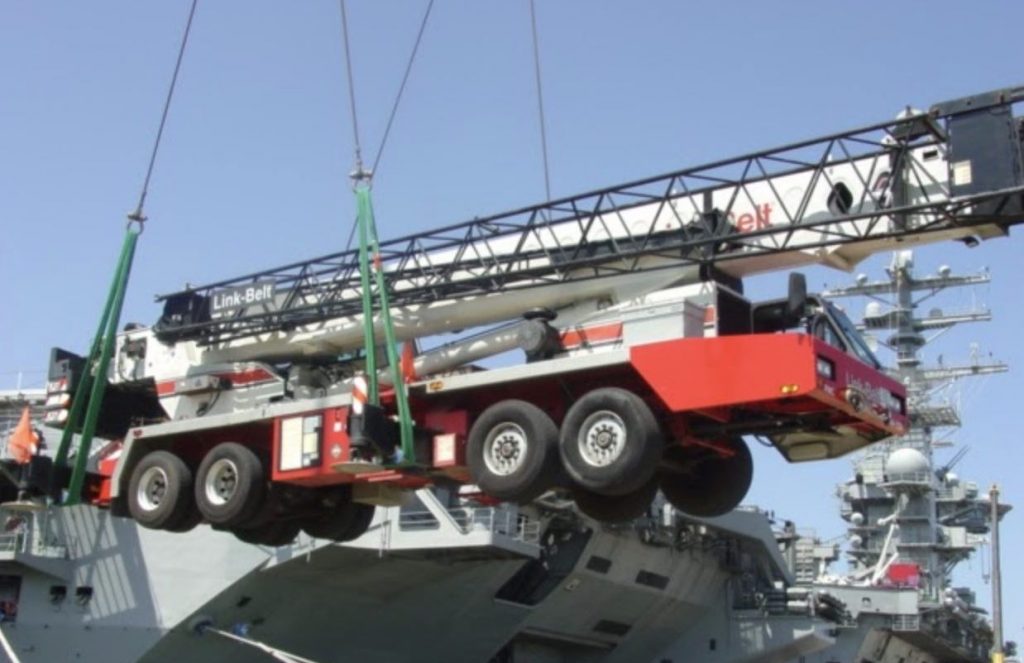
News
Products & Equipment
Plan ahead to protect slings from damage
February 18, 2021 By Kevin Koberg
 Photo: DICA
Photo: DICA While synthetic slings have many benefits, including high strength to low weight ratios, by their nature, both web slings and round slings need more frequent inspection and planning considerations.
Columbus McKinnon, a global manufacturer of hoisting and lifting equipment has produced a Guide to Rigging with Synthetic Slings. A recent blog post by Rob Bruno, industry products trainer, explains why frequent inspections of synthetic slings is important.
Pre-planning is critical, explains Bruno, who identifies three important areas to consider when doing rigging planning.
- Inspections
- Calculating bearing stress
- Sling protection
ASME B30.9 requires a frequent inspection to be performed each day or shift before rigging with a synthetic sling. Web slings and round slings each have their own inspection protocol to help ensure the sling is suitable for it’s designed use.
“Bearing stress is contact pressure between two separate bodies that can be high enough to damage or destroy a synthetic sling,” says Bruno. “Bearing stress is increased when the sling is unevenly loaded by a curved surface.”
Lastly, he adds that riggers should “sling protection must always remail top of mind. Look beyond sharp edges or corners that could potentially damage or cut a synthetic sling. What may not look or feel sharp (including smaller than recommended round radius) can be considered sharp under tension.”
Kevin Koberg is the marketing manager at DICA Outrigger Pads
Print this page